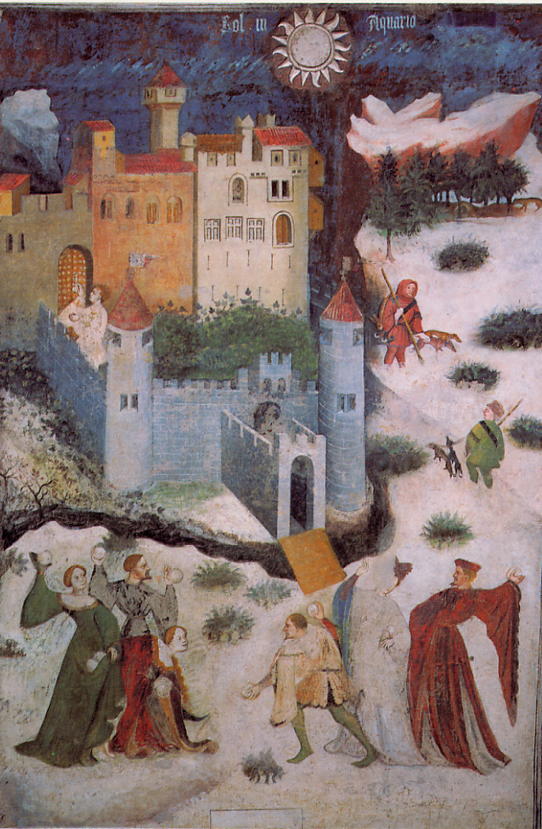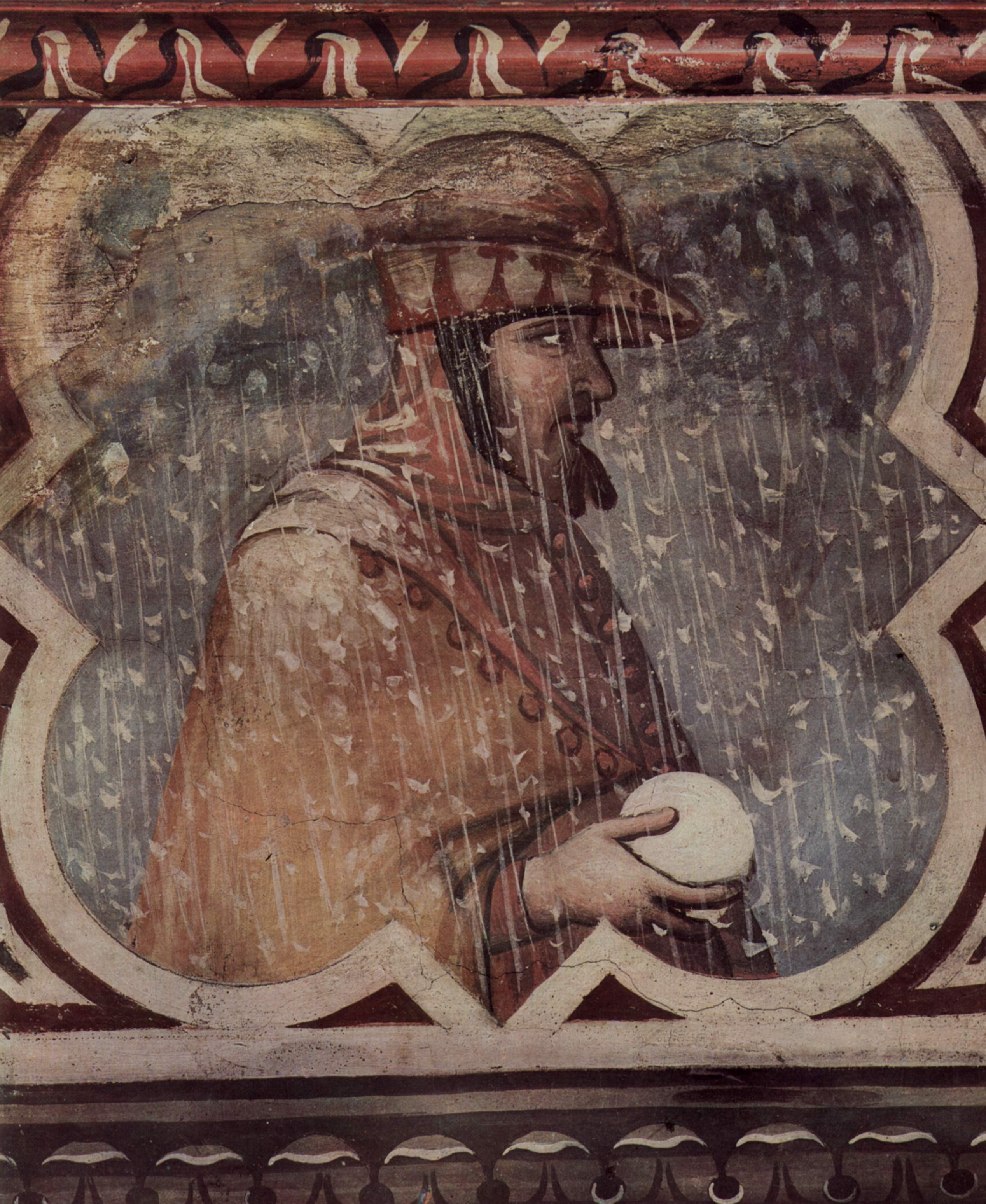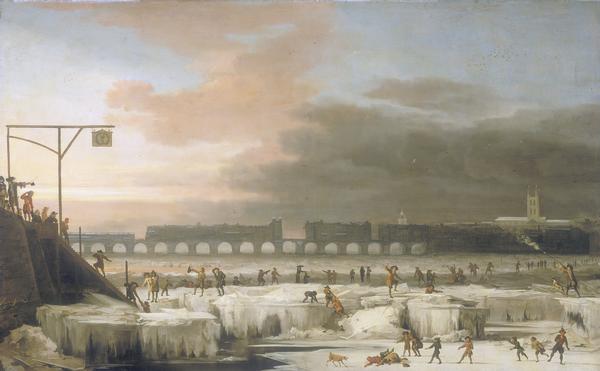 |
| Thin sheet ice at the harbor in Baltimore, MD. (Photo courtesy of Emerson Champion.) |
The Great Lakes are a continuous channel of fat parts (the lakes) and straits (the Niagara, St. Lawrence and St. Mary’s Rivers and the Straits of Mackinac). A sort of inland sea, they contain 21% of the world’s surface fresh water by volume. Because they are huge and deep, they never fully freeze, and they even have small tides.
We all know that lake water starts to freeze at 32° F. The salty ocean’s freezing point is more like 28° F., but of course the ocean is vast (even vaster than Lake Ontario) so at our latitude it only freezes around the edges.
 |
|
Orange peel ice developing on the Patapsco River shipping channel in Baltimore, MD. This is brackish water in a shallow cove. (Photo courtesy of Emerson Champion)
|
Still, the Great Lakes form some features usually associated with sea ice. Ice hummocks and pressure ridges, pancake ice, grease ice (which is basically ice soup), and ice stuck fast along the shores with open channels, or leads, are all features of both sea and Great Lakes ice. As long as the lakes don’t freeze, they also have the same drift ice that one sees on the ocean.
 |
| Ice balls on the shore of Lake Michigan. These are caused by rolling surf. |
Ice coverage on the Great Lakes reached 85.4% on Feb. 18, making this the second winter in a row that it has exceeded 80%. That’s the first time that’s happened since the 1970s. As usual, Lake Ontario is the slowest to freeze; as of yesterday, it was at near-record levels, being 82.6% covered.
 |
| Pancake ice looks like blood platelets and is a common enough formation on Lake Ontario. Sometimes the edges build up enough that the pieces look like kettles. |
This much ice is highly unusual. But this is the second cold winter in a row, and the lake never fully warmed up last summer.
| Flow ice near Brooksville, ME. |
In terms of comfort, it’s difficult: Buffalo is recording its coldest February in the 145 years in which records have been kept, and the whole northeast has been buried in snow. Ice is, of course, beautiful, but we’re all starting to look forward to the grey, rotten ice that heralds Spring.
 |
| Fast ice is ice that’s stuck on the edges of open water. |
Let me know if you’re interested in painting with me on the Schoodic Peninsula in beautiful Acadia National Park in 2015 or Rochester at any time. Click here for more information on my Maine workshops! Download a brochure here.



